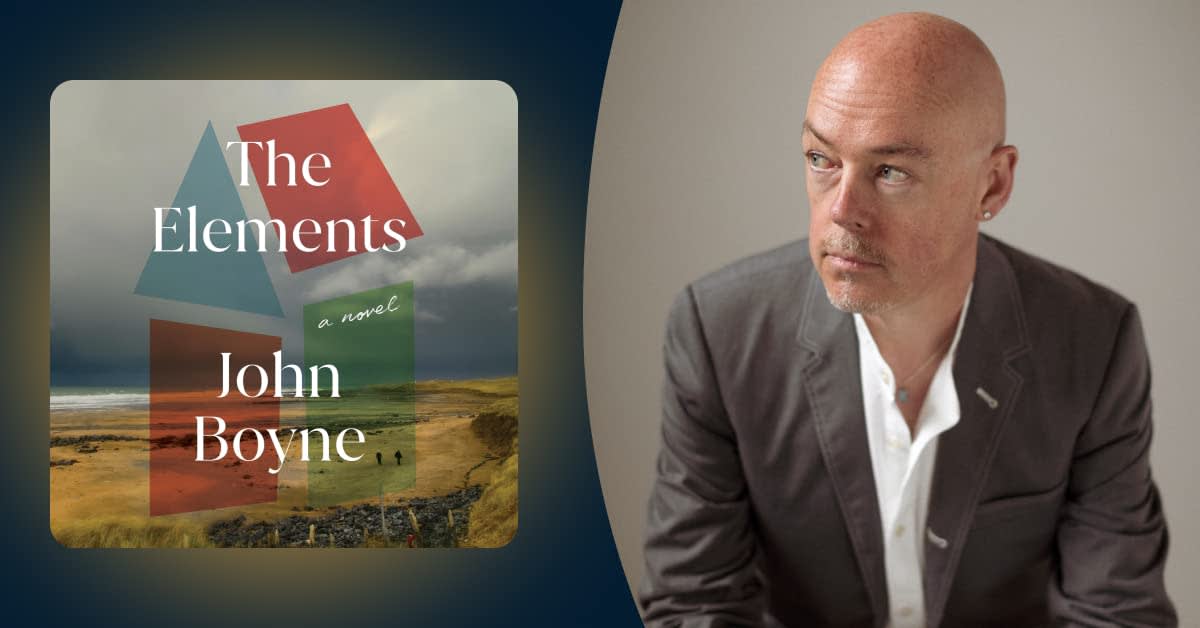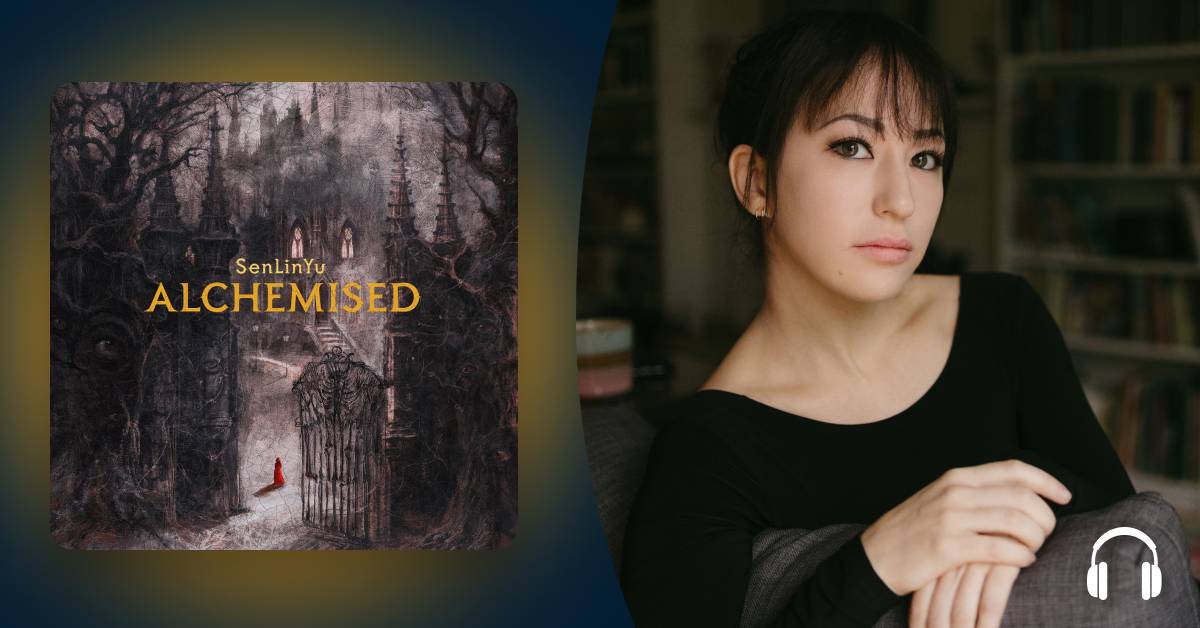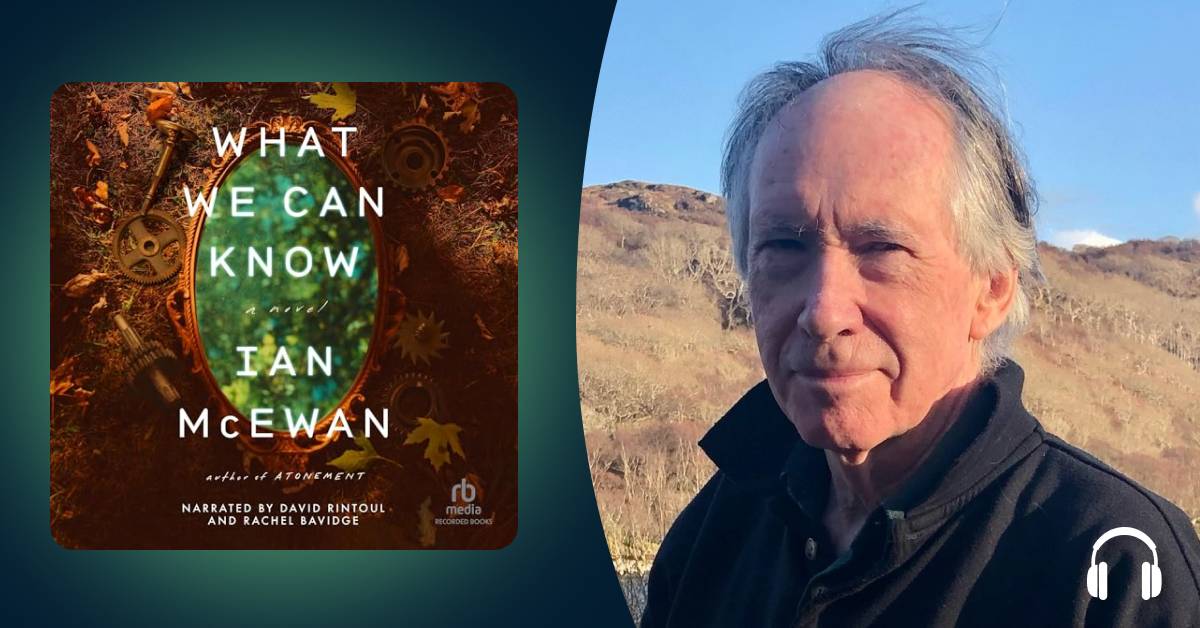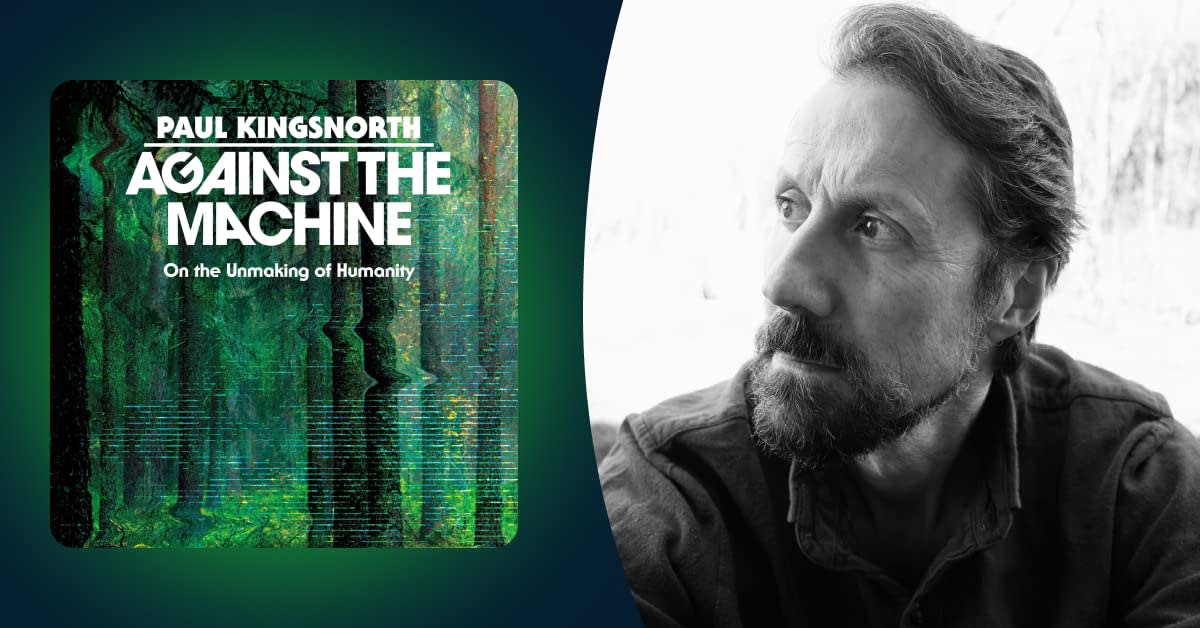John Boyne's The Elements was first published as four separate novellas, with each based around the classical building blocks of all matter: water, earth, fire, and air. In each story, the bestselling Irish author explores sexual abuse from different perspectives—a woman who questions whether she's enabled an abuser; a young man complicit in a rape; a perpetrator of sexual violence; and, finally, a victim—with a minor character from one becoming the narrator of the next. Presented together here as one audiobook, the multicast of brilliant narrators brings Boyne’s words to life. In this interview, the acclaimed novelist details his creative process and the catharsis of writing this story.
Tricia Ford: Did you write each novella in the order they appear? Did you always plan on ending with the victim?
John Boyne: Yes. I wrote them in the order they appear in the novel: Water, Earth, Fire, and Air. Although I didn't know the exact story for each section, I knew the perspective that each would have and allowed the narratives to build as the novel progressed. However, I decided from the start that I would finish with the victim/survivor because I wanted it to end on a surprisingly positive note, so the reader could recognize that, despite the trauma one can go through, there is always hope for the future.
How did each novella influence the next? Did the writing process take you to any unexpected places?
In the UK, the novellas were published individually every six months, which meant that I was working with an unusual writing process. The first, for example, would already be in shops while I was writing the third, which meant that I wouldn’t be able to go back and change anything. So, I had to be fully committed to the stories and characters, knowing that each one would have an effect on the other sections of the ultimately completed book.
What is the significance of the perpetrator being a woman?
We've read a lot of books about male perpetrators of sexual crimes—in fairness, the majority are committed by men—but I’ve noticed in recent years an increasing number of women who commit these acts as well. Often, in the education system, it seems that there are teachers who groom and sexually abuse young boys. A writer is always looking for the stories that aren't told and, for me, this was one. I wanted to explore the mindset of a woman who would do something like this and understand what might have led her to that place.
You’ve said that the process of writing The Elements was cathartic for you. How has it helped you, and what do you hope listeners take away from these stories?
I've written and spoken about my own experience of sexual abuse as a teenager in a school in Dublin during the 1980s. It was something that overshadowed much of my twenties in terms of my own personal growth. However, in time, I managed to deal with it through therapy and the support of my friends and family, but also through writing. It was very cathartic for me to write this novel because I was able to look at the experiences of people with different experiences of abuse and try to understand them a little better. It's not a book I could have written when I was in my early thirties, for example, but I feel confident now with my ability to tell a story like this now.
Have you listened to the audio? If so, what was that experience like for you?
I always listen to at least a portion of the audiobooks of my novels in order to get a sense of the narrative voice and how the reader is performing the characters. It gives me a slightly different insight into the story that I've written. The publishers always seem to do a great job at finding the right person to read each book.
What are you working on now?
A new novel, as always! I sometimes think that each novel I write is a reaction against the last one, so for example, with each of these novellas being short, first person, contemporary, and deeply serious, the next book is long, third person, historical, and it contains elements of comedy, drama, and tragedy.
John Boyne's latest is a moving exploration of trauma and the human capacity for redemption
"The Elements" is a kaleidoscope of four interconnected narratives, each representing a different perspective on crime from the points of view of the enabler, the accomplice, the perpetrator, and the victim.

Up Next

In “Alchemised,” debut author SenLinYu found the beauty in broken things
Amid the intricate worldbuilding and layered magic system, the debut author investigates the moral ambiguity between heroes, healers, and spies.

Ian McEwan believes poetry is the "superior and ultimate literary form"

Can humanity survive the digital age?
